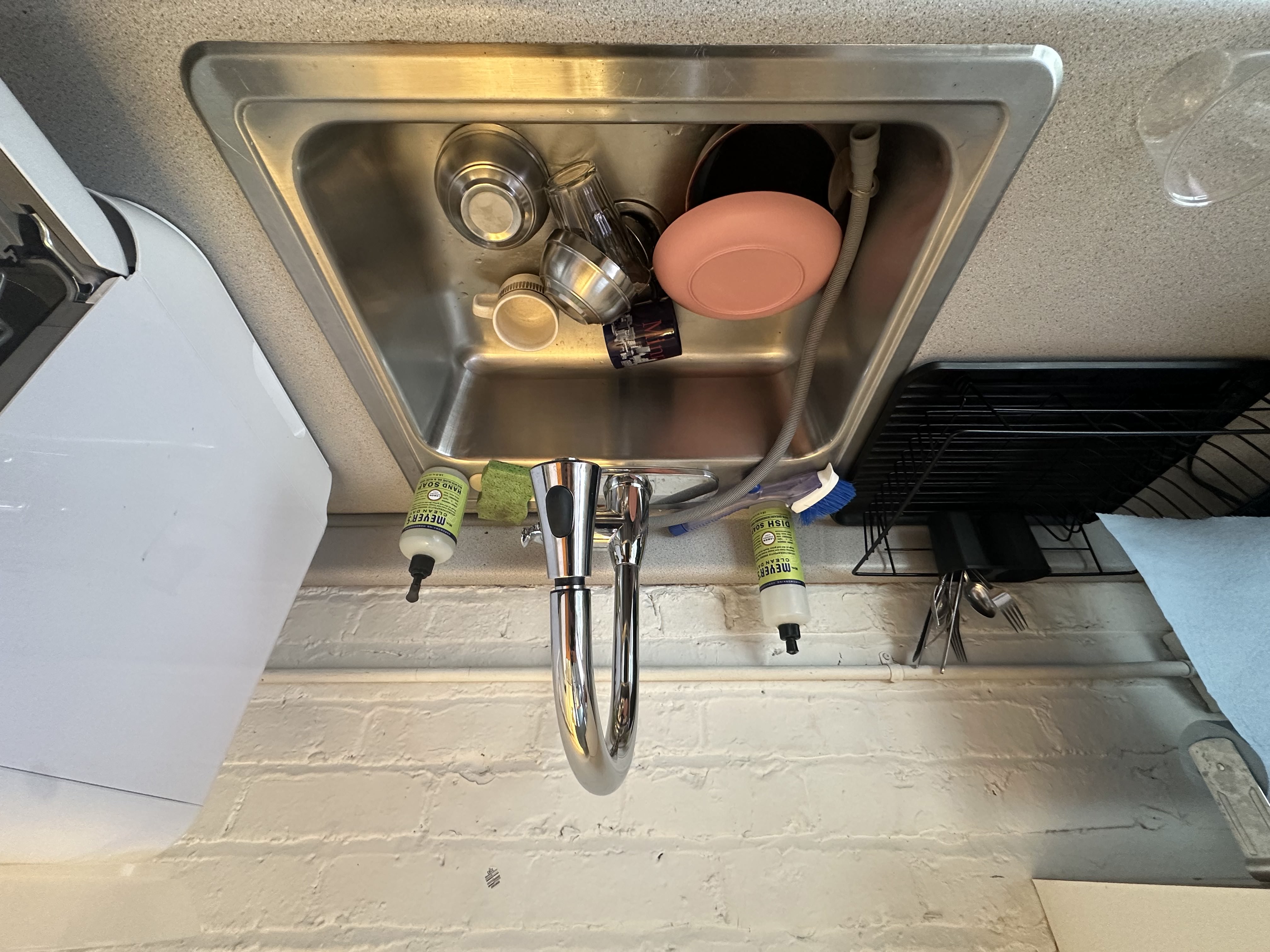The Grime Guardian: Building Stateful Multi-camera applications with Groundlight
Groundlight has a Problem
Here at the Groundlight office we have a bit of a problem - sometimes we leave dirty dishes in the office sink. They pile up, and as the pile grows it becomes more and more tempting to simply add to the pile instead of cleaning it up. It was clear that the Groundlight office needed a “grime guardian” to save us from our messy selves. One day, I realized that this was the perfect problem to solve using Groundlight’s computer vision SDK. I could focus on developing the complex embedded application logic while Groundlight handled the computer vision. My design provided me with an opportunity to test out a handful of interesting design patterns, including deployment on a Raspberry Pi, multi-camera and multi-detector usage, a microservice-like architecture achieved via multithreading, and complex state handling.

The Groundlight office sink, where dishes accumulate faster than git commits.


